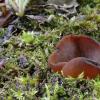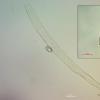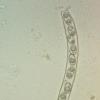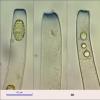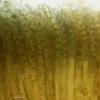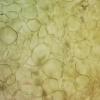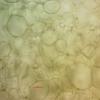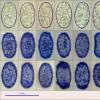
10-09-2025 23:53
 Marcel Heyligen
Marcel Heyligen
Found on Robinia pseudoacasia together with Diapor

11-09-2025 16:57
Our revision of Marthamycetales (Leotiomycetes) is

10-09-2025 17:18
 Blasco Rafael
Blasco Rafael
Hola, encontre este estiercol de vaca estos apotec

02-09-2025 11:34
Thomas Læssøehttps://svampe.databasen.org/observations/10527903

03-09-2025 21:59
Philippe PELLICIERLa Léchère, Col de la Madeleine, alt 1970m, au s

07-09-2025 11:34
 Zuzana Sochorová (Egertová)
Zuzana Sochorová (Egertová)
Hello,I have identified this fungus as Hymenoscyph
Peziza s. l.
Marek Capoun,
01-08-2024 22:25
 Hello, I need help with this Peziza s.l. and at the same time I must confess I probably haven't done a good job.
Hello, I need help with this Peziza s.l. and at the same time I must confess I probably haven't done a good job.It was found on probably calcareous mossy roadside soil under beech and oak, altitude 500 m.a.s.l.
1 apothecium only, 27 mm on average. I was thinking about P. saccardoana or P. depressa or some Legaliana, but the microcharacters don't match I think.
Excipulum composed of globose cells mixed with narrow and inflated hyphae, undifferentiated, but I may have made a mistake in not distinguishing the thin layer of text. intricata from the subhymenium. Latex not observed, but the apotecium was already somewhat drier. External thin pruinose layer of cells of text. prismatica.
Subhymenium – I don't know, how to described it, but look.
Asci cylindric, up to 260 µm, with amyloid reaction WT type, pleurorhynchous.
Ascospores from sporeprint in water 14.5–16.3 × 8.3–9.8 µm, Q = 1.6–1.9, N = 40, solely with 2 LBs, ornamentation from irregular warts, mostly up to 0,8 µm, rarely 1,1 µm in height, some somewhat pseudoapiculate.
Paraphyses straight, sometimes forked under the top, containing brown intracellular pigment.
It's possible, that some more of my confusions will follow in the next few days. I guess I'm 'lucky' now to only have the most uncertain or mysterious collections, but it's more likely I'm just having a period of some torpid asco-decline :-)
Many thanks for your patience ;-)
Marek
Nicolas VAN VOOREN,
02-08-2024 15:35

Re : Peziza s. l.
In my opinion, this collection belongs to the genus Paragalactinia, although you didn't observe any fluid in the flesh. Microphotos of the excipulum show a yellowish colour that could be a sign of the presence of this fluid, and there are also some elongated hyphae that might be laticiferous hyphae... The spore ornamention strongly reminds P. michelii.
The ecology is also compatible with this species.
The ecology is also compatible with this species.
Marek Capoun,
02-08-2024 18:01

Re : Peziza s. l.
Damn, you are absolutely right, of course.
Thank you.
M.
Thank you.
M.


